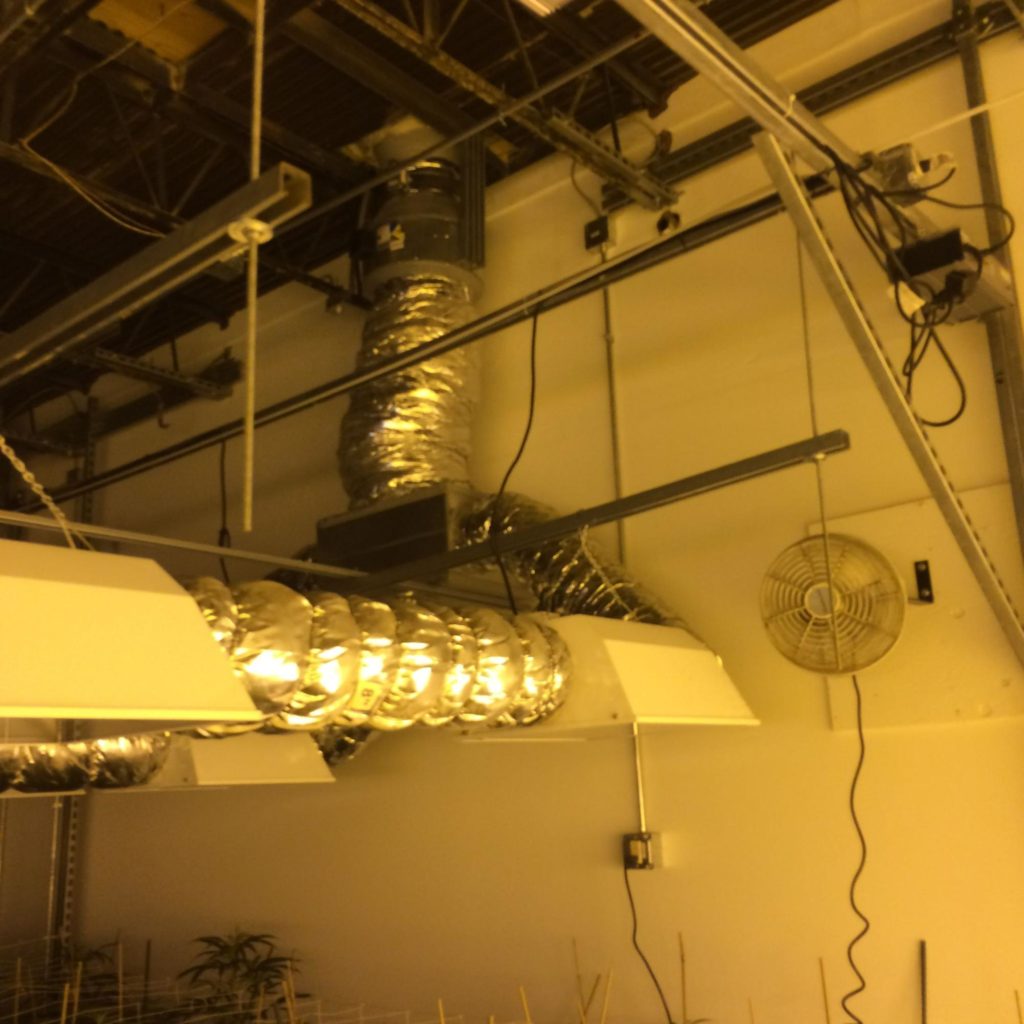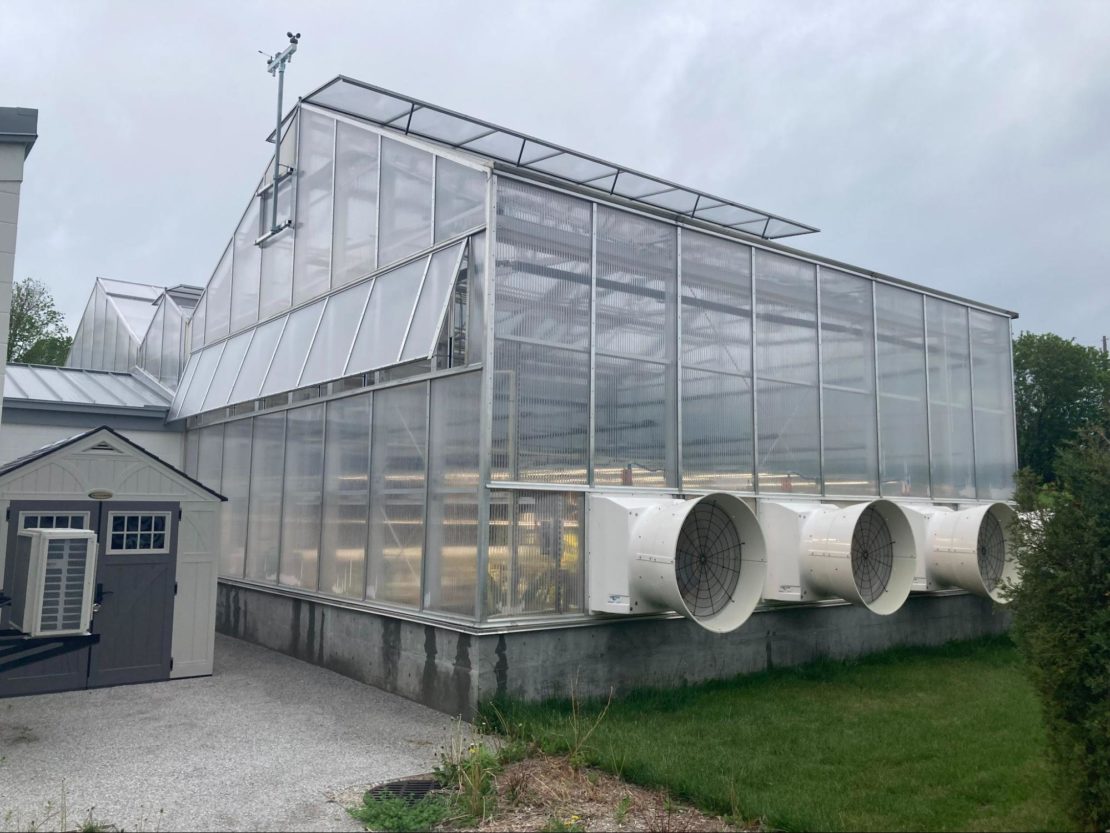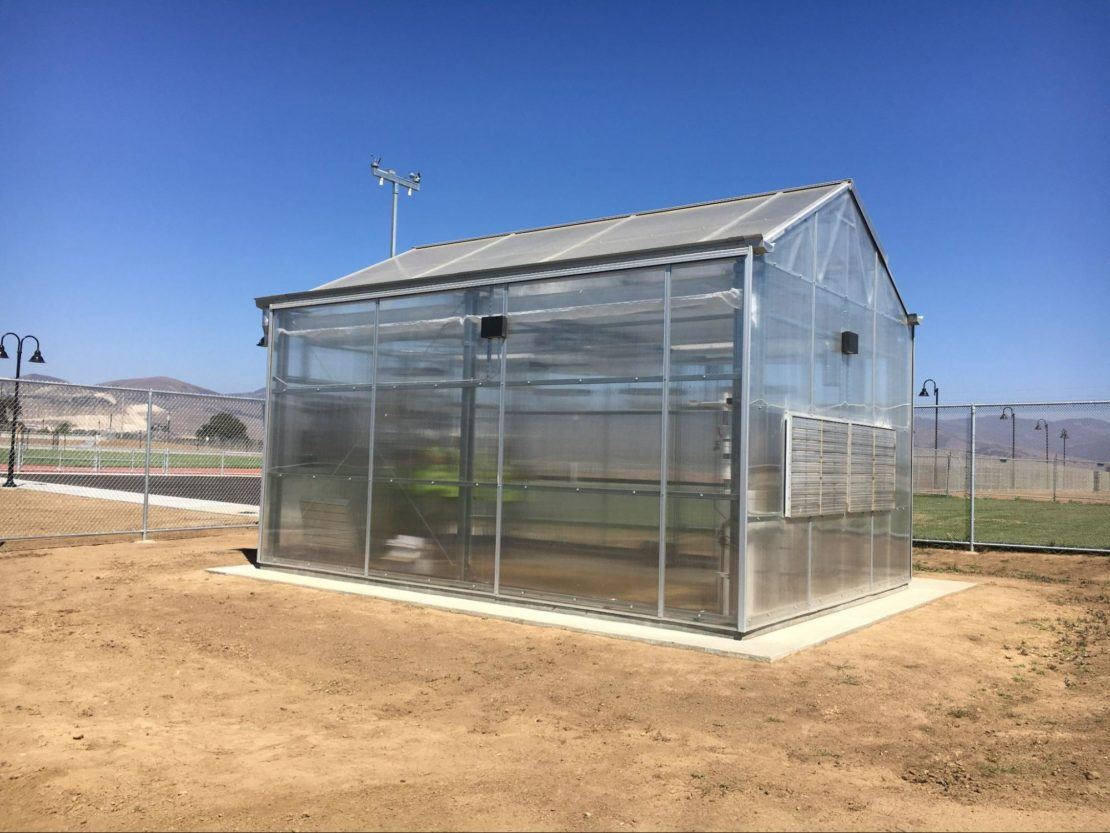The Advantage of School Greenhouses
School greenhouses are growing in popularity as more and more educators tout the benefits of hands-on ecological learning for students. From elementary school students’ education to cutting-edge university research, greenhouses have proven to be a valuable resource when it comes to accessible, experiential learning. Students of all ages and backgrounds can benefit from in-person agricultural knowledge.
K-12 Education
Hands-On Learning
- As more and more school greenhouses are implemented into teaching programs, childhood educators find that the benefit to students is immense. Especially for younger children, the concept of food being grown in soil is abstract at best. Most children outside of large farming communities don’t have a solid understanding of how fruits and vegetables appear in their local grocery stores.
- School greenhouses allow educators to offer children hands-on agriculture and horticultural experiences, even in urban settings or school locations that cannot accommodate a traditional garden. Many schools allow classes a designated space to plant seeds, water, fertilize and participate in all aspects of the gardening process. Eventually, children harvest their very own fruits, vegetables, or flowers. While teachers can lecture about the growing cycle, tactile learning offers children the opportunity to learn in a personal way that makes a more substantial impact.

Urban Schools
- School greenhouse projects offer unique benefits for children in urban environments, who may be isolated from local farming communities and lack firsthand experience with the agricultural aspect of the food supply chain. For many, school greenhouses offer the first opportunity they have had to witness fruit and vegetables being grown from start to finish.
- This exposure can be vital in helping children feel connected to their food and gain a visceral understanding of what they are eating. Children may be more open to incorporating healthy foods like fruits and vegetables into their diet when they have personally helped grow these plants. This can result in lifelong health benefits that will stick with kids and benefit them throughout their life.


Environmental Greenhouse Education
- It can be challenging to teach children important concepts like pollution and global warming in an impactful way they’ll understand. Reading about a phenomenon or issue on paper is one thing, but seeing demonstrations in person tends to help children conceptualize these issues. Many educators have found school greenhouses to be a vital part of demonstrating ecological and conservation lessons.
- Kids can witness how weather and temperature changes directly affect the growing plants. They can eat fruits and vegetables they have grown and better understand how contaminants and soil pollution directly affect the food we eat.
University Programs
Colleges across the country have found that university greenhouses are a valuable tool for student education. Undergraduate biology students can benefit from learning hands-on lessons about selecting hereditary characteristics or genetic engineering. Agricultural students have a working classroom and controlled environment to learn and demonstrate knowledge. Even culinary students benefit from access to fresh fruits, herbs, and vegetables grown on-site.

Academic Research
Most importantly, school greenhouses offer a convenient way to conduct valuable research even when a horticultural program is headquartered in an urban environment, harsh landscape, or cramped campus with limited room.
With the completely customizable, automated greenhouses offered by Prospiant, graduate students and researchers can conduct research on any crop regardless of growing requirements.
- Fragile and endangered species can be studied firsthand when programs have access to state-of-the-art growing environments with environmental controls.
- Genetic modification and cultivation innovations are made possible with a perfect growing environment available right on campus.
- Research grants and programs with specific requirements for crops grown can be accommodated.
Any competitive agricultural, ecological, or botanical research program benefits significantly from access to greenhouse environments that can be fully adjusted to whatever specifications relevant projects require.
Our Greenhouses for Schools
Prospiant greenhouse structures, optimization, and maintenance perfectly complement the needs of educational programs across the country. Because our greenhouses are fully customizable and allow complete automation – we can offer the exact support and functionality your program needs.
Choosing the Right Greenhouse for Your School
From elementary school gardens to university research labs – Prospiant offers the functionality and technology you need. Our qualified greenhouse design experts have proven experience helping educators identify, install, and maintain the greenhouse structure and support their students’ needs. We offer structures of all sizes to accommodate any school’s needs. Our fully automated environment control systems allow you to spend your time focusing on students – not on optimizing demanding growing conditions. Reach out today and let Prospiant help you find the school greenhouse you need.

Frequently Asked Questions
What Is A Greenhouse Classroom?
Greenhouse classrooms are on-site greenhouses where students can learn about ecology, agriculture, biology, and other subjects in person. Tactile learners especially benefit from the hands-on nature of greenhouse classrooms. Helping plant crops allows students to feel a personal connection to their lesson.
How Big Should A School Greenhouse Be?
The optimal size for an education greenhouse varies widely. Classroom sizes, grade levels, and lesson plans all affect the necessary resources your plants will need. If you’re unsure what size or functionality your school greenhouse needs – reach out today. Our greenhouse experts excel in helping educators find the right greenhouse models for their students’ needs.
What Can Schools Do To Reduce Their Carbon Footprint?
On-site greenhouses are an excellent way for schools to reduce their carbon footprint and create a more sustainable and green facility. School greenhouses equip students with conservation and ecological knowledge and values they will use long after they graduate.
For schools that provide dining options to students, educational greenhouses can be a great way to provide students with low-cost, healthy meals. Using student-grown crops in meals allows children to feel connected to their work and proud of their accomplishments. Additionally, it reduces a school’s carbon footprint by reducing the amount of produce that needs to be shipped in and provided by outside sources.